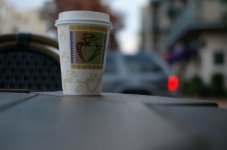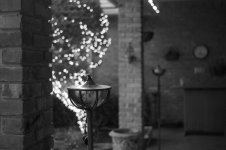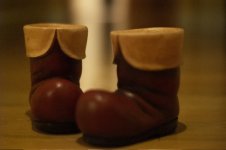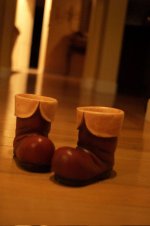Ponsoldt
Established
I just got the R-d1. Previously I have been shooting with the MP. I have not yet been able to reproduce the wonderful bokeh that I had on the MP. I have also noticed that I do not see as many shots with bokeh from the r-d1. I was thinking it might have something to do with the crop factor of 1.5. But, I am using a 35mm summicron 4th edition in the attached shot at f2. So I would think it would give me similar bokeh to a50mm. Anyone know why, have similar experience?
Bill
ps I tried to post a shot but I am in a hotel and apparently they limit my uploading ability
Bill
ps I tried to post a shot but I am in a hotel and apparently they limit my uploading ability











